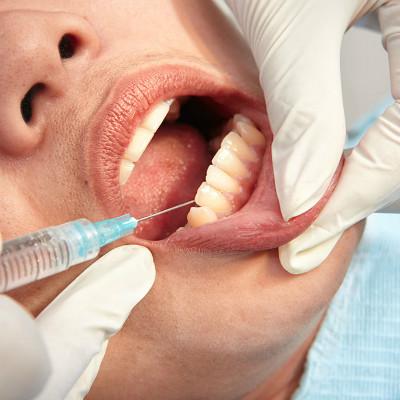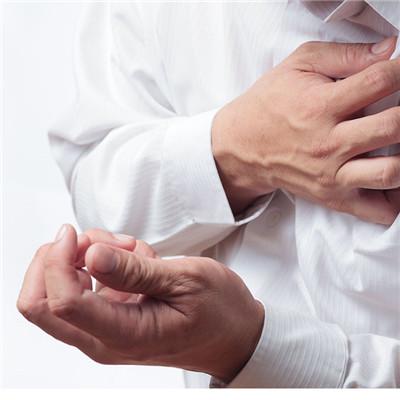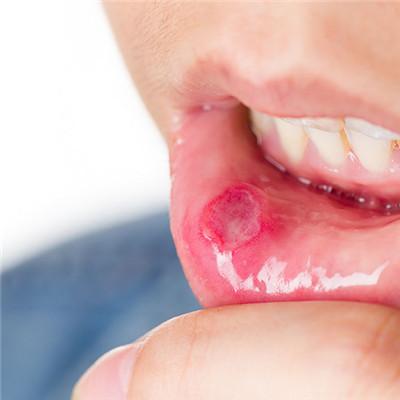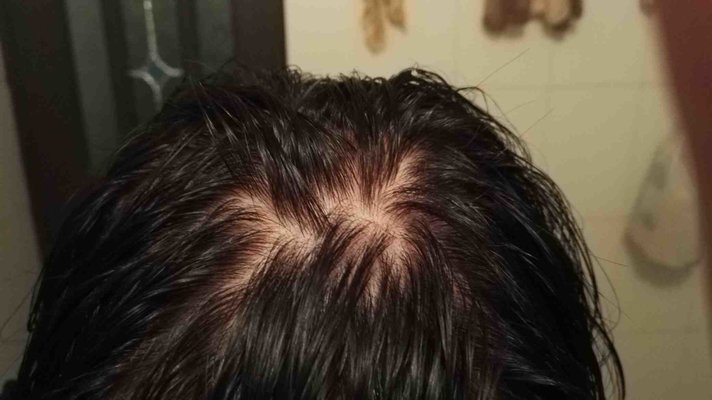Toxic symptoms after being bitten by a poisonous snake?
summary
There are two kinds of snakes: poisonous and nontoxic. In fact, it is very dangerous to be bitten by poisonous snakes. There are more than 50 kinds of poisonous snakes in China. The common ones are cobra, Bungarus, Bungarus, sea snake, Agkistrodon halys, Phyllostachys, Agkistrodon acutus, etc. The most fundamental difference between venomous snakes and non-toxic snakes is that venomous snakes have venomous teeth and venomous glands. The venomous teeth grow on the front upper jaw bone, and there are tubules connected with venomous glands. Usually, the fangs are put back. When biting, the fangs stand up and stab the human body, releasing the venom. Then the venom circulates into other parts of the body with the blood or lymph. The components of snake venom are a complex mixture. It includes proteins, polyderms and enzymes, and has obvious cytotoxic, neurotoxic, hematotoxic, cardiotoxic and other toxic effects. The toxic components of various poisonous snakes are different. Therefore, the symptoms of snakebite are not exactly the same.
Toxic symptoms after being bitten by a poisonous snake?
The severity of the symptoms is related to the amount of venom, the location and depth of the bite, and the body's resistance to the venom. In particular, the mental state of the injured is closely related. The snakebite is mostly in the hands and feet. Two deep and large teeth marks can be seen at the injury, 1-2cm apart. Peripheral congestion edema, a little longer time to turn black. After being bitten by a poisonous snake, they usually have self-conscious symptoms, such as dizziness, dizziness, chest tightness, palpitation, shortness of breath, fear of cold, fever, and general soreness. Severe shock symptoms, wound pain, swelling, numbness. The surrounding tissue was congested and edematous, and rapidly expanded to the proximal end. It generally reached the peak at 12 hours after injury, and extended to the chest and abdomen, often with right lymphangitis and regional lymphadenopathy.

Because each kind of poisonous snake contains different toxin, the symptoms after being bitten are also different. Cell, blood and cardiotoxin are characterized by swelling and pain in the bite area. They rapidly develop to the proximal end of the heart. Local blisters, blood blisters, tissue necrosis, continuous bleeding of the wound, systemic bleeding or hemolysis, anemia, jaundice, hemoglobinuria, oliguria, anuria, low heart sound, arrhythmia, decreased blood pressure, shortness of breath, cyanosis, shock and death may occur.

This kind of poisoning has short latent period and severe local symptoms, which is easy to be paid attention to and treated in dry period. Neurotoxin showed mild local symptoms, sometimes only local numbness, not easy to attract attention. After dizziness, drowsiness, weakness, dysphagia, hoarseness, unclear language, muscle paralysis, quadriplegia, dyspnea, mydriasis, incontinence, fever, convulsion, coma, resulting in death of respiratory paralysis. The early indication was glossopharyngeal nerve paralysis.

matters needing attention
There are monovalent and polyvalent antivenom in serum therapy. Monovalent antivenom is only suitable for the same kind of snake bite. Polyvalent antivenom is effective for many kinds of snake bite. If the species of viper can be determined, monovalent antivenom serum should be used. Skin test should be done before injection. Such as timely intravenous injection of 20-60ml. Its toxic symptoms were soon controlled. If the heart, kidney and brain have been damaged, the effect is poor. If the interval is 36 hours, the skin test should be repeated.

















